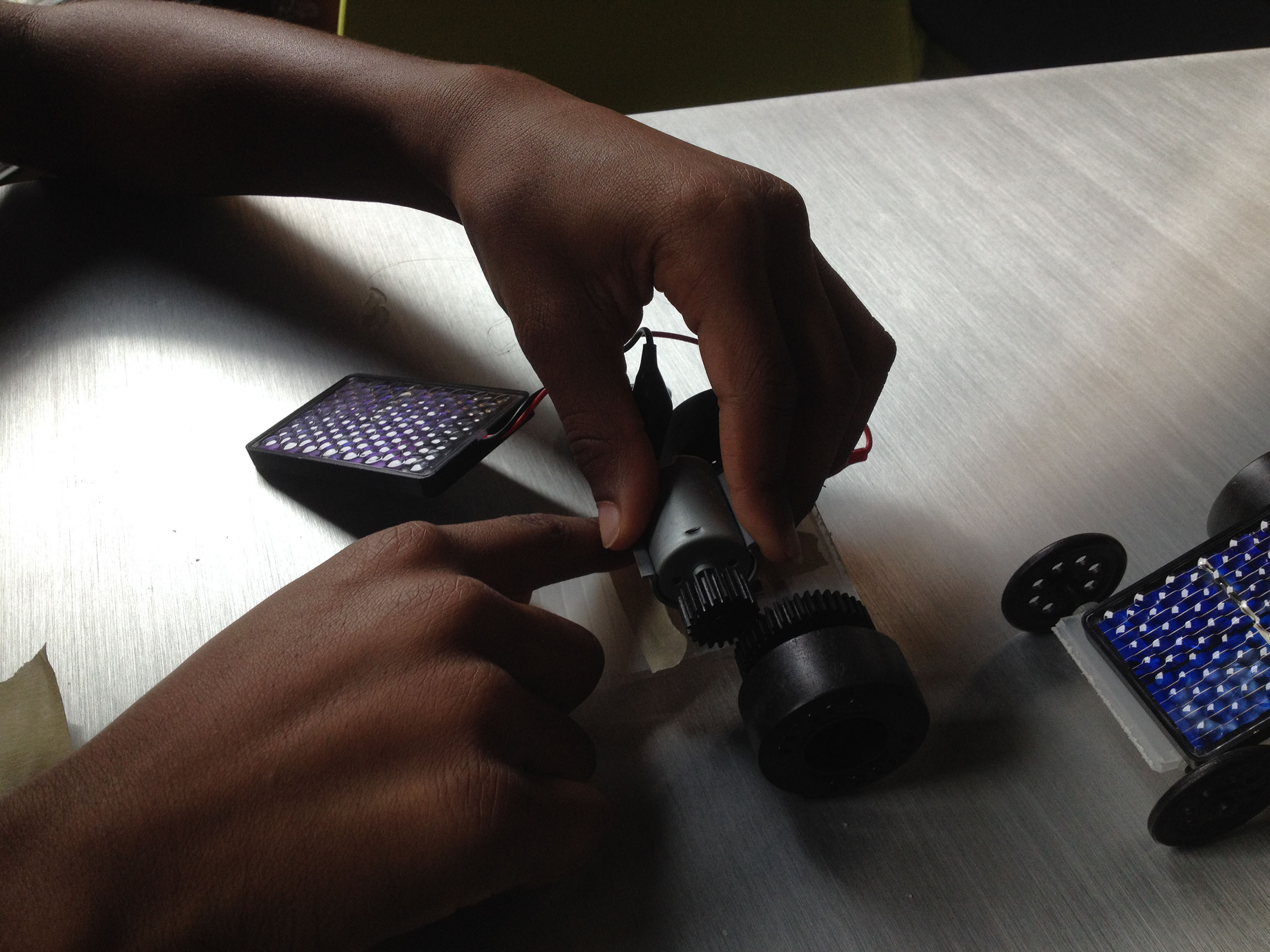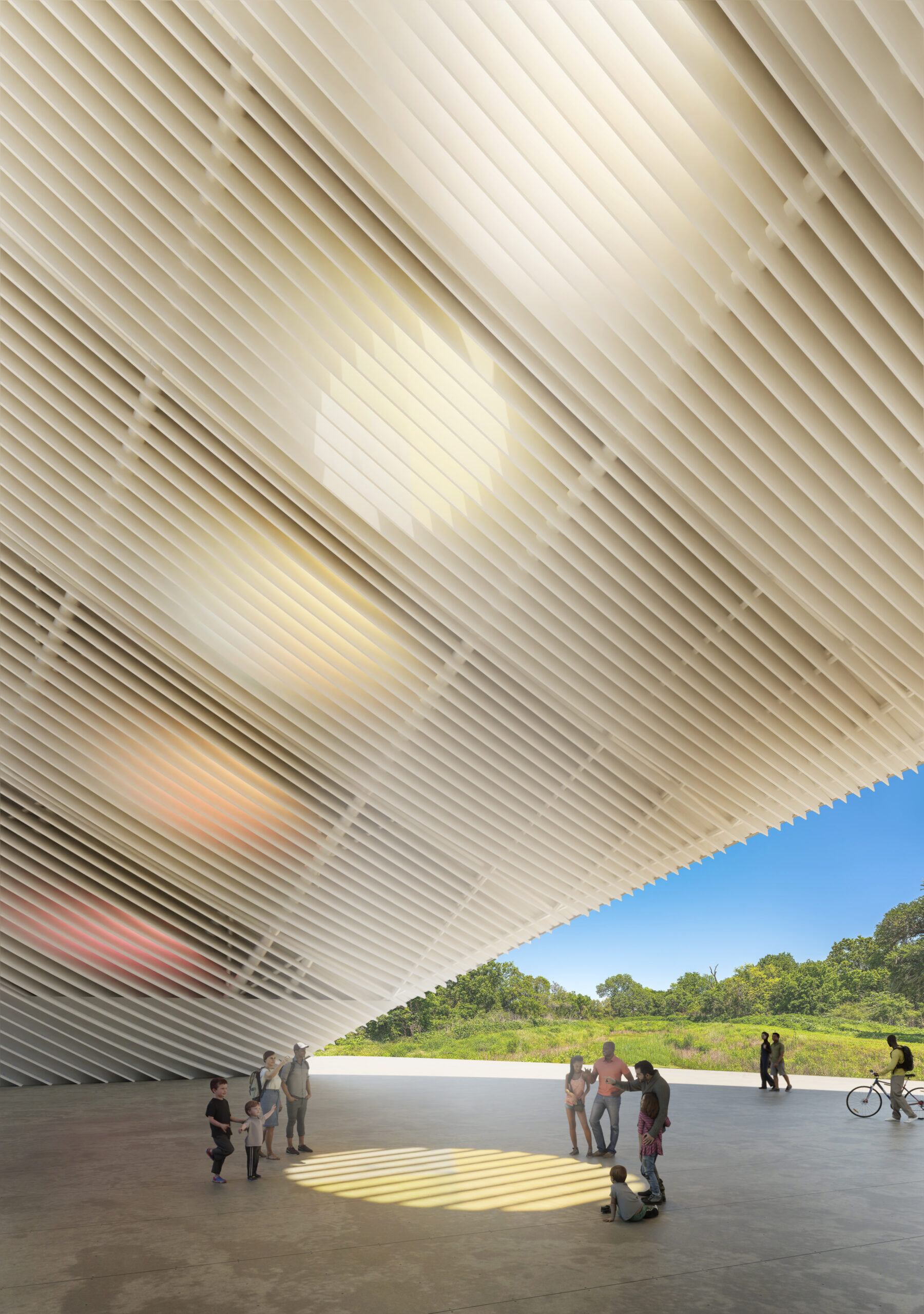The Arch of Time will stand as a monument to sustainability. It will be the first public art project of its scale and visibility built to be a net-positive contribution to a sustainable climate and its regional ecosystem.
The artwork will limit its upfront environmental footprint by specifying a high percentage of recycled content in the steel trichord trusses, aluminum fins, steel decking, and other structural components. Foundations will be specified to incorporate as high a percentage of low-carbon cement as allowable by code and engineering requirements. By setting a low life-cycle emissions standard throughout the design process, the project will maximize its positive impact on the environment, paying back its embodied emissions by year six of operations.
The clean energy generated by the 350 kW of solar photovoltaic modules integrated into the south face of the Arch of Time will be measured continuously against the carbon debt of the fabrication and construction, and the precise moment the artwork becomes net-positive will be celebrated by an event on site.
The artwork is designed for a 30+ year life cycle based on the estimated power production curve of the monocrystalline silicon solar modules. The structural components are designed to last centuries. A $1.5 million maintenance endowment governed by an independent committee will ensure that timely repairs can be made. Real-time energy monitoring will make it possible to know immediately if any of the solar modules or inverters are operating below expected performance.
In 30 or 40 years, the Arch of Time endowment committee may decide to embark upon a campaign to replace the solar photovoltaic modules with the latest technology, a project that would have a payback period of only a couple of years and increase the power generation capacity of the artwork. By replacing photovoltaic technology generationally in this way, the Arch of Time can live on as a lasting and cherished artwork, extend its environmental benefits well into the 22nd century, and act as a continuous showcase for the latest in beautiful solar energy technologies.
The artwork will include systems for rainwater harvesting and underground storage within the site area of the installation. Water harvested will be available for irrigation use in Mason Park, helping to reduce the water consumption of the Houston Parks and Recreation Department.
Through the vast area of shade and the Venturi effect of the artwork’s geometry, the Arch of Time will create a comfortable microclimate to extend the ability of Houstonians to enjoy outdoor activities despite the climate driven urban heat island effects.



